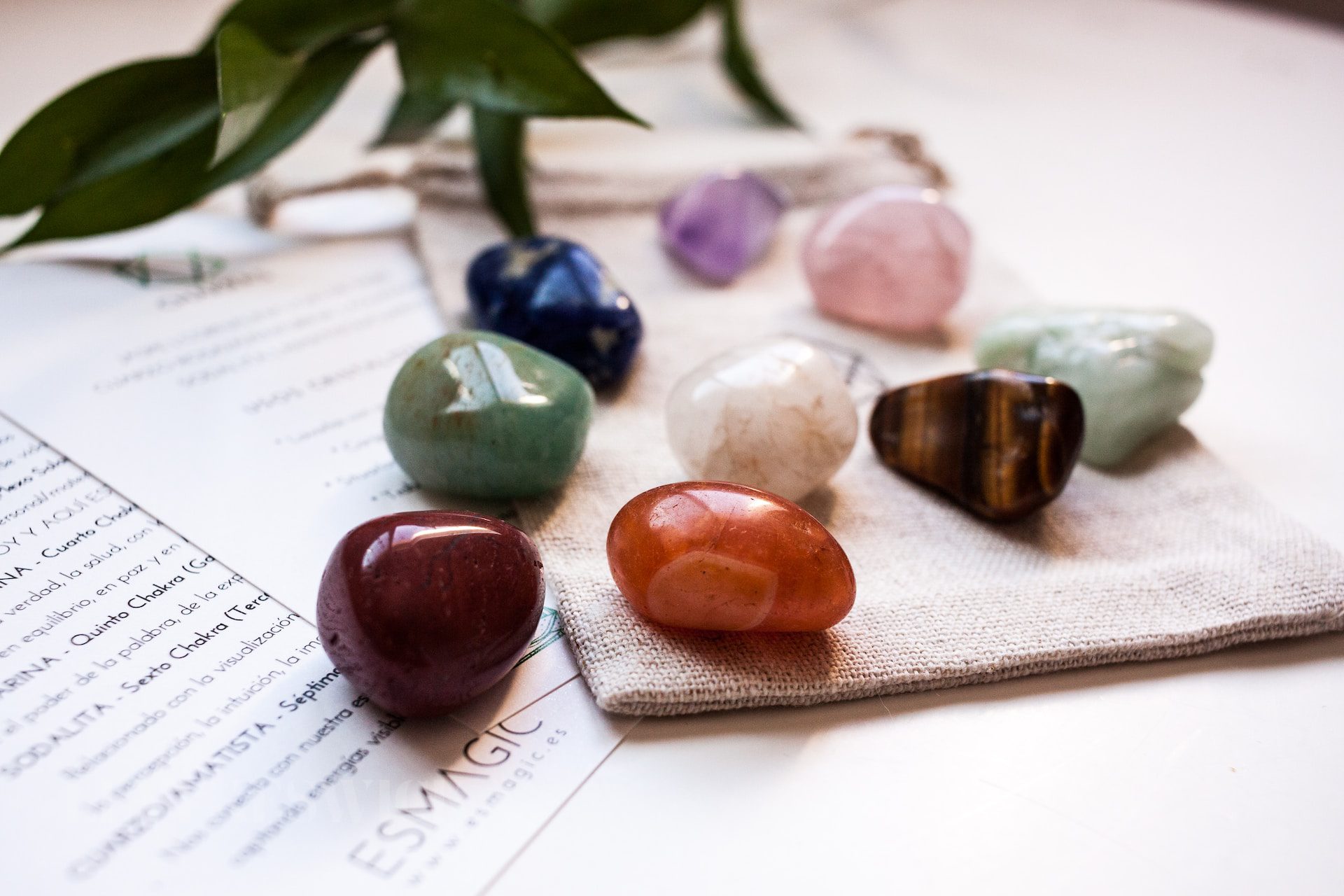Key takeaways:
- Amazonite and Turquoise have similar appearances but different properties
- Amazonite is typically green in color, with blue hues, while Turquoise is blue-green
- Amazonite has a hardness of 6-6.5, while Turquoise ranges from 3-6 on the Mohs scale
- Both stones have unique metaphysical properties and applications
Distinguishing Amazonite from Turquoise
While Amazonite and Turquoise may appear similar at first glance, they have distinct differences that can help you tell them apart. By examining their color, pattern, clarity, and hardness, you can easily identify each stone.
Color Differences
Both Amazonite and Turquoise share a greenish-blue color, which often leads to confusion between the two. Amazonite is primarily green, with blue hues resulting from the presence of lead or iron in its composition. Its color can range from pale to vibrant. In contrast, Turquoise is blue-green, with color variations depending on the zinc or iron content in the stone. The sky-blue Turquoise is the most highly valued variety.
Patterns and Clarity
The quality of both stones is determined by the imperfections within them. Amazonite typically has grayish or cream swirls throughout the stone, with streaks and inclusions resulting from feldspar or white quartz content. The stone’s luster is vitreous, and its transparency can be either translucent or opaque.
Turquoise, on the other hand, can have white streaks and black or brown inclusions, depending on the conditions of its formation. This stone is opaque in transparency and has a waxy to dull luster.
Comparing Hardness
Amazonite and Turquoise are both relatively durable stones, suitable for use in jewelry and carvings. Amazonite has a hardness of 6-6.5 on the Mohs scale, but it is brittle and susceptible to breakage. Turquoise has a hardness ranging from 3-6, depending on any treatments applied to the stone. Stabilization treatments can improve the durability of more fragile Turquoise stones.
Chemical Composition and Origins
While both stones are popular around the world, they have different chemical compositions and locations of origin. Amazonite is a silicate mineral that contains potassium, aluminum, silicon, and oxygen, while Turquoise is a phosphate mineral containing copper, aluminum, and water. Amazonite was first discovered in Mesopotamia and Egypt and is now found in Russia, Afghanistan, and Brazil. Turquoise originated in New Mexico and is also found in various South American countries, with the highest quality stones coming from Egypt, Iran, and Mexico.
Caring for Amazonite and Turquoise
Proper care and cleaning of these stones are essential to fully benefit from their properties. Amazonite can be cleaned with dish soap and water, while Turquoise can also be cleaned with soap and water but should be patted dry after washing. Both stones require cleansing and recharging to restore their energies, which can be achieved by running them under water and exposing them to sunlight or moonlight.
Metaphysical Properties and Applications
Both Amazonite and Turquoise are believed to have potent healing properties, both spiritual and physical. However, it’s important to remember that crystals should never replace professional medical help.
Amazonite is believed to help with thyroid glands and the nervous system, as well as aid in dealing with past trauma and fatigue. It is also helpful in eliminating negative thoughts, balancing masculine and feminine energies, and boosting self-confidence and esteem.
Turquoise, on the other hand, is thought to have anti-inflammatory properties and be suitable for treating allergies and stomach-related issues. It is also associated with the immune system and its ability to fight infections.
In terms of spiritual healing, Turquoise is known to align and balance the body’s chakras, assist in finding solutions, and promote self-awareness. Furthermore, Turquoise can help facilitate communication between the spiritual and physical realms.
Conclusion
In summary, while Amazonite and Turquoise may appear similar, they have distinct differences in appearance, properties, and applications. Understanding these differences can help you better appreciate and utilize these beautiful gemstones in your personal life, spiritual practices, or as unique additions to your jewelry collection.
When selecting Amazonite or Turquoise, it’s essential to consider their unique properties, hardness, and care requirements. By properly cleaning, caring for, and recharging these stones, you can ensure they maintain their beauty and effectiveness for years to come.
As you explore the world of Amazonite and Turquoise, remember that their metaphysical properties can be a fascinating aspect of their allure, but they should never replace professional medical advice and care.








